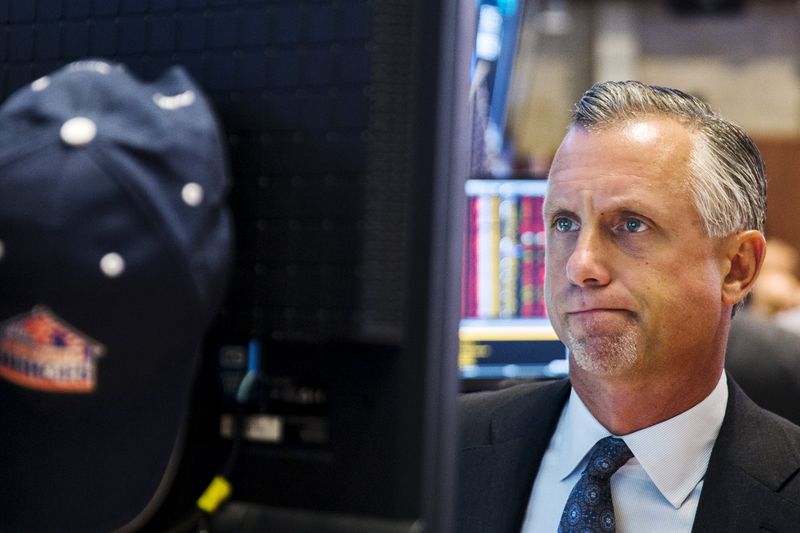(Bloomberg) -- European Central Bank policy makers are sticking to the assumption that their bond-buying program will be wound down over about three months rather than brought to a sudden halt, according to euro-area officials familiar with the matter.
Even the more-hawkish members of the Governing Council, who are pushing for policy language that would signal the end of crisis-era stimulus measures, endorse a gradual slowing of asset purchases after the latest extension concludes in September, the officials said, citing informal discussions. They asked not to be identified as the deliberations are confidential, and noted that no decision has been taken.
An ECB spokesman declined to comment.
German bonds pared losses after the report. The yield on 10-year bunds was up six basis points to 0.687 percent, after touching 0.704 percent earlier Monday. Money-market pricing for the first 10-basis point rate increase in March 2019 was unchanged.
Officials implicitly assumed a short taper through to the end of 2018 when they decided last year to extend bond purchases. Eight months before the end of the current phase, the latest views suggest a consensus is hardening on the appropriate strategy for concluding the program in an orderly way without roiling markets.
Buying is currently scheduled to run until September at a pace of 30 billion euros ($37 billion) a month, taking the program to 2.55 trillion euros. The Governing Council reiterated after last week’s policy decision that the program could be extended again if the inflation outlook is too weak.
Draghi View
Still, while the 25-member council is largely in unison on tapering as a tactic, some officials aren’t ready to consider when it should start, one of the people said.
President Mario Draghi noted that possibility last week when he said the options are another extension, a tapering, or a sudden halt. He said policy makers didn’t have a “proper discussion” but his personal view was that the program would never stop “abruptly.”
Dutch central-bank governor Klaas Knot said on Sunday that the program should end “as soon as possible.” Quantitative easing “has done what could realistically be expected of it,” he said, while acknowledging the commitment to keep buying until September.
The eventual end-date is especially important for the ECB as it sets a marker for when interest rates will start to rise. The Governing Council currently pledges to keep borrowing costs at current record-low levels until “well past” the end of net bond purchases.
Rate Outlook
Some investors have priced in a rate hike by the end of 2018, despite Draghi pushing back against that idea in last week’s press conference by saying he sees “very few chances at all” that interest rates could be raised this year.
“I think you’ll see the end of QE indeed in September, and actually the first normalization of negative rates at the end of the year in December,” Antonio Garcia Pascual, chief European economist at Barclays (LON:BARC) Capital Services said in a Bloomberg Television interview on Monday.
The key to any decision will be the next change in forward guidance, a key pillar of the ECB’s strategy in addition to QE and rates. Some governors want to tweak the wording as soon as the next meeting on March 8, while others have expressed a preference for delaying any significant change in language until June.
Draghi said he agreed with his peers that a discussion needs to be had but that more information on the inflation outlook was needed.
Don’t Wait
In the run-up to last week’s meeting, some of the ECB’s more optimistic rate setters, including Executive Board member Yves Mersch and Governing Council members Jens Weidmann and Ardo Hansson, argued in favor of recognizing the positive effect robust growth will soon have on inflation, warning that waiting too long in taking the next steps toward more normal policy may mean falling behind the curve.
Hansson went as far as saying the last step to zero was “not a big deal” for the ECB, and policy makers could end bond-buying in one go without the risk of upsetting financial markets. Executive Board member Peter Praet was rather more reticent when he spoke in Brussels on Monday.
“The transition toward a normalization will begin once we have established that there is a sustained adjustment in the path of inflation,” he said. “Despite the strong cyclical momentum, domestic price pressures remain subdued, as do measures of underlying inflation.”
(Updates with market reaction in fourth paragraph.)
